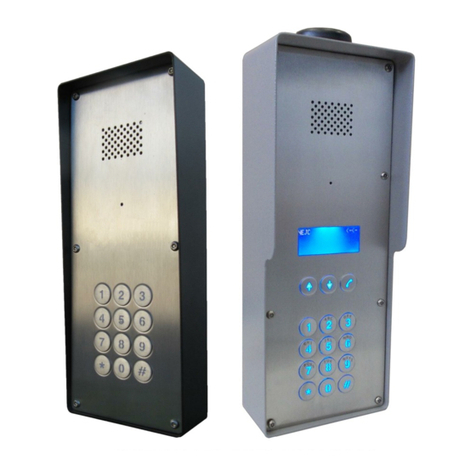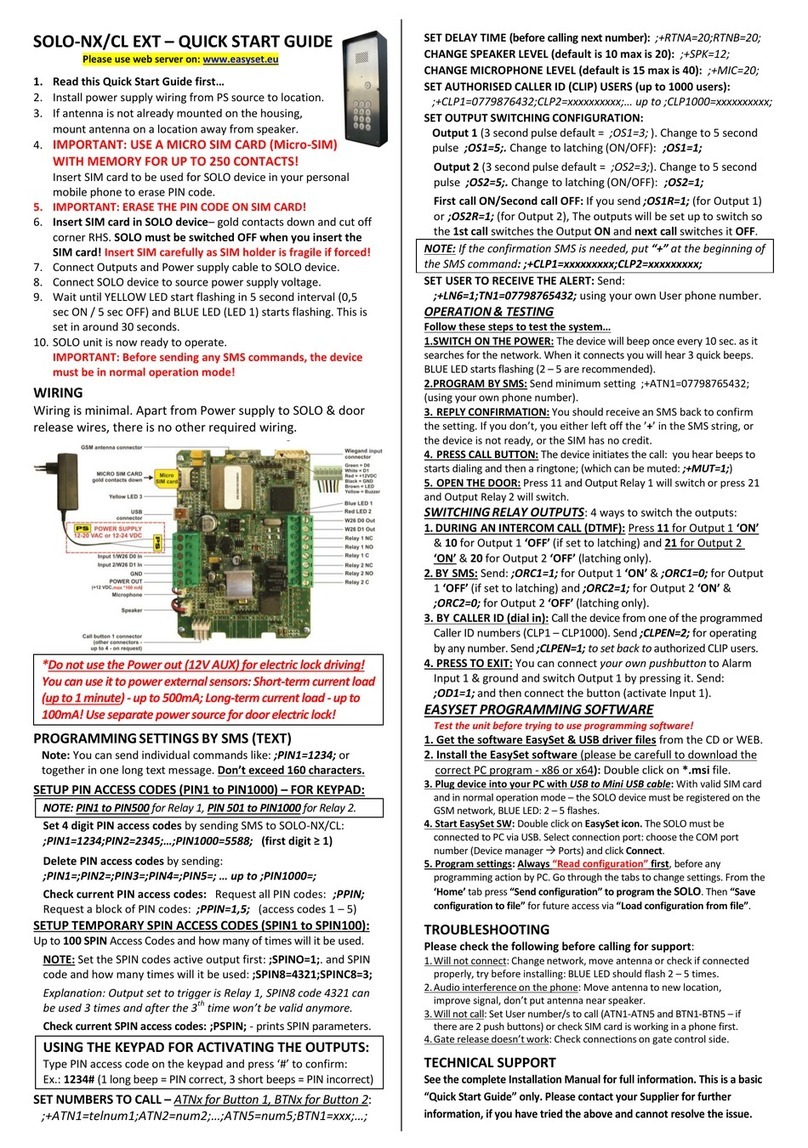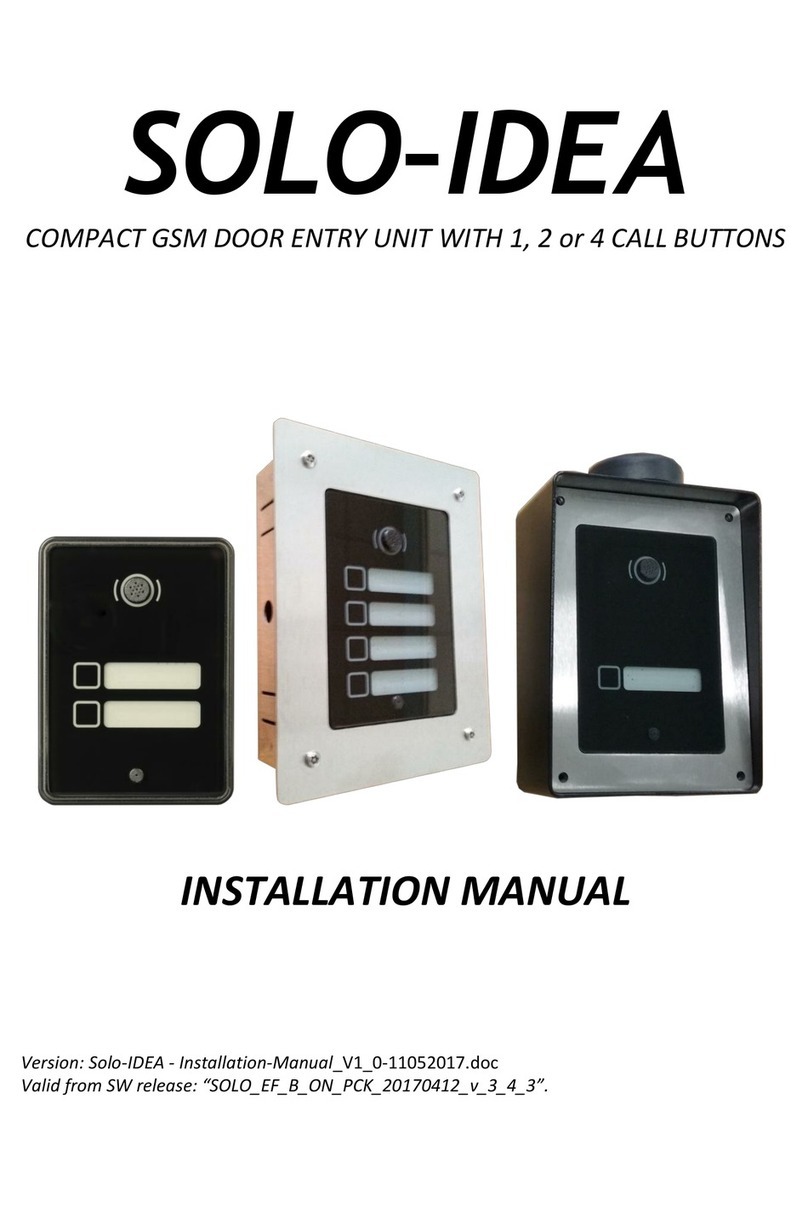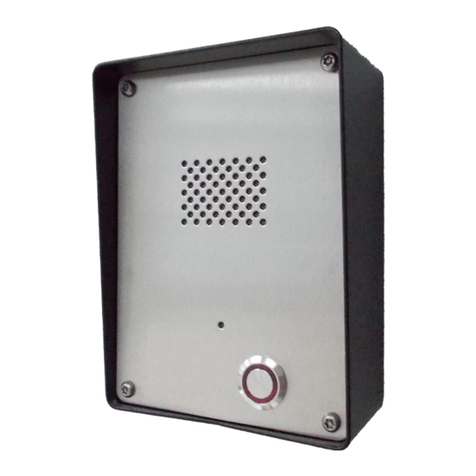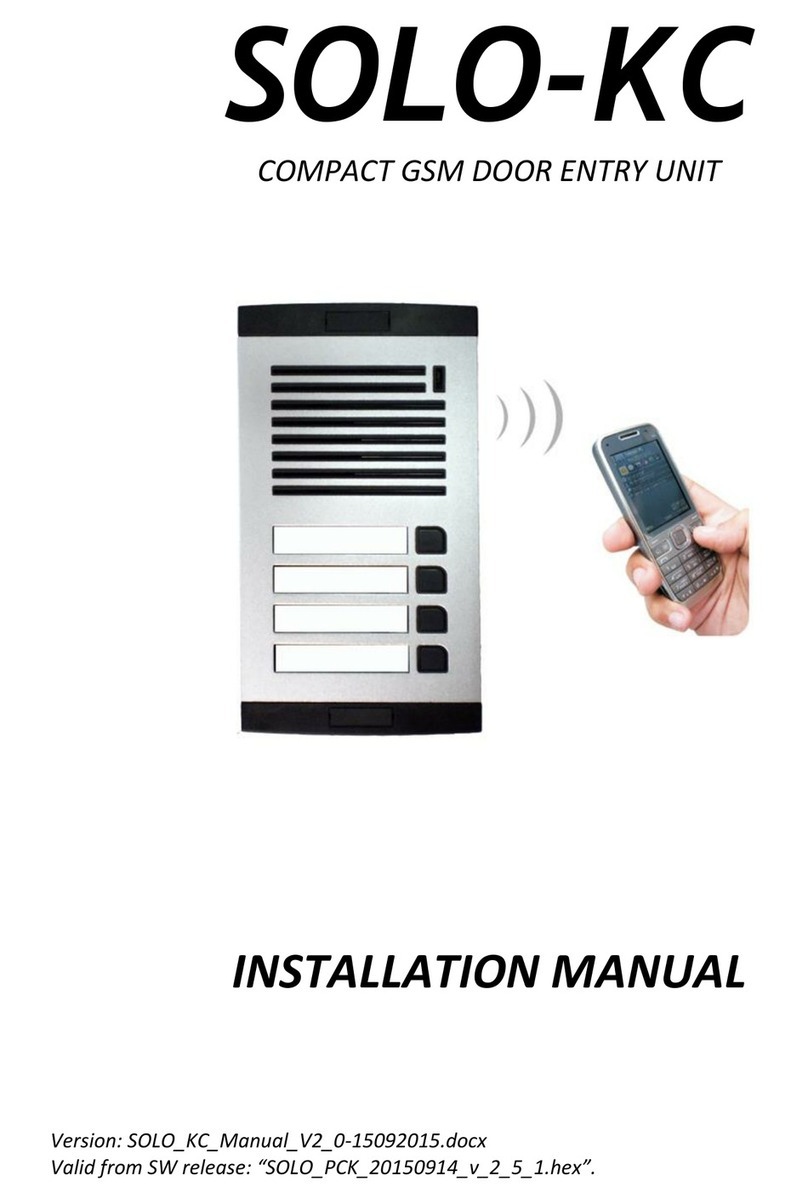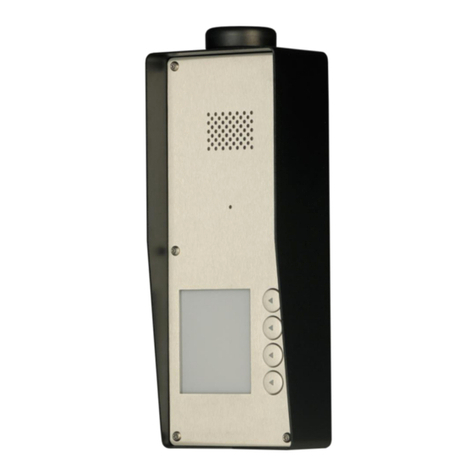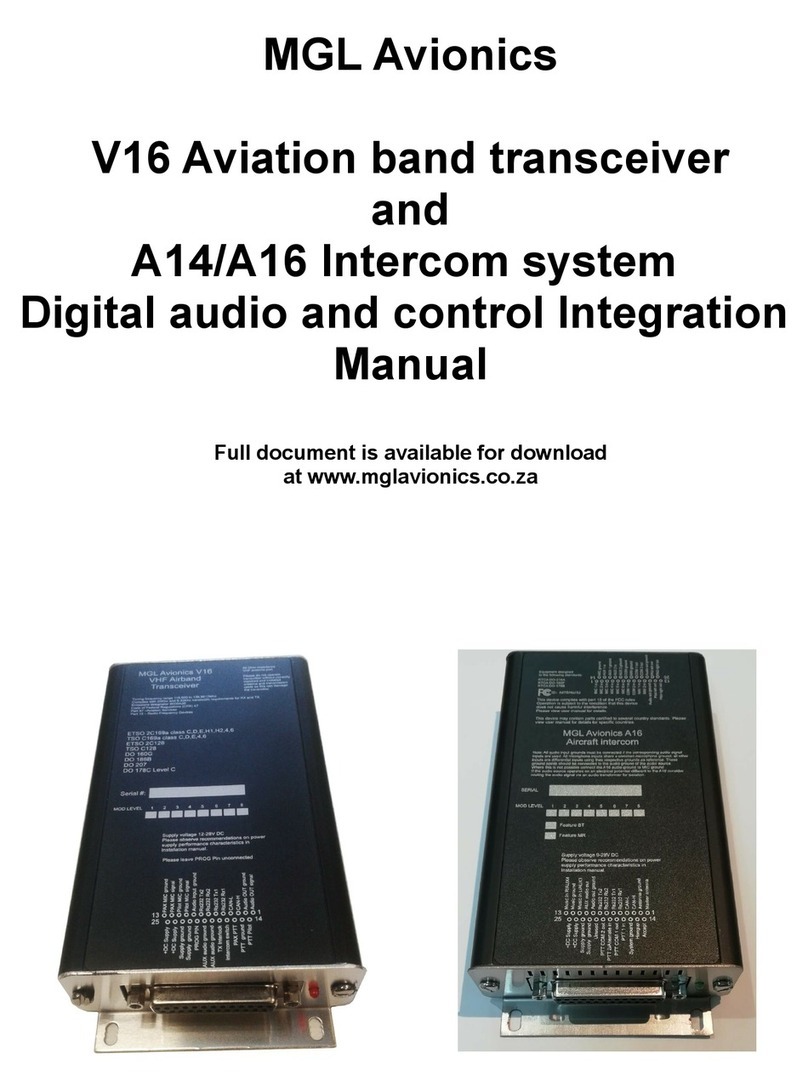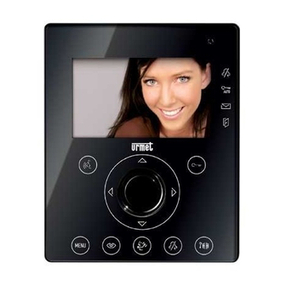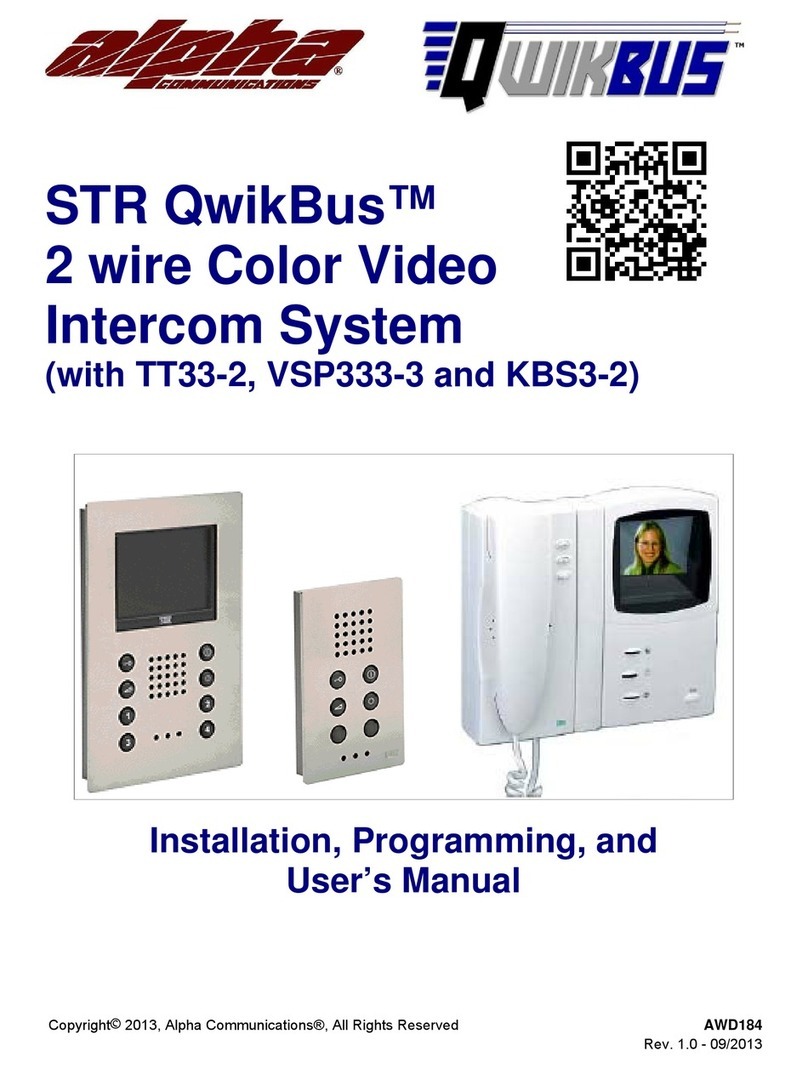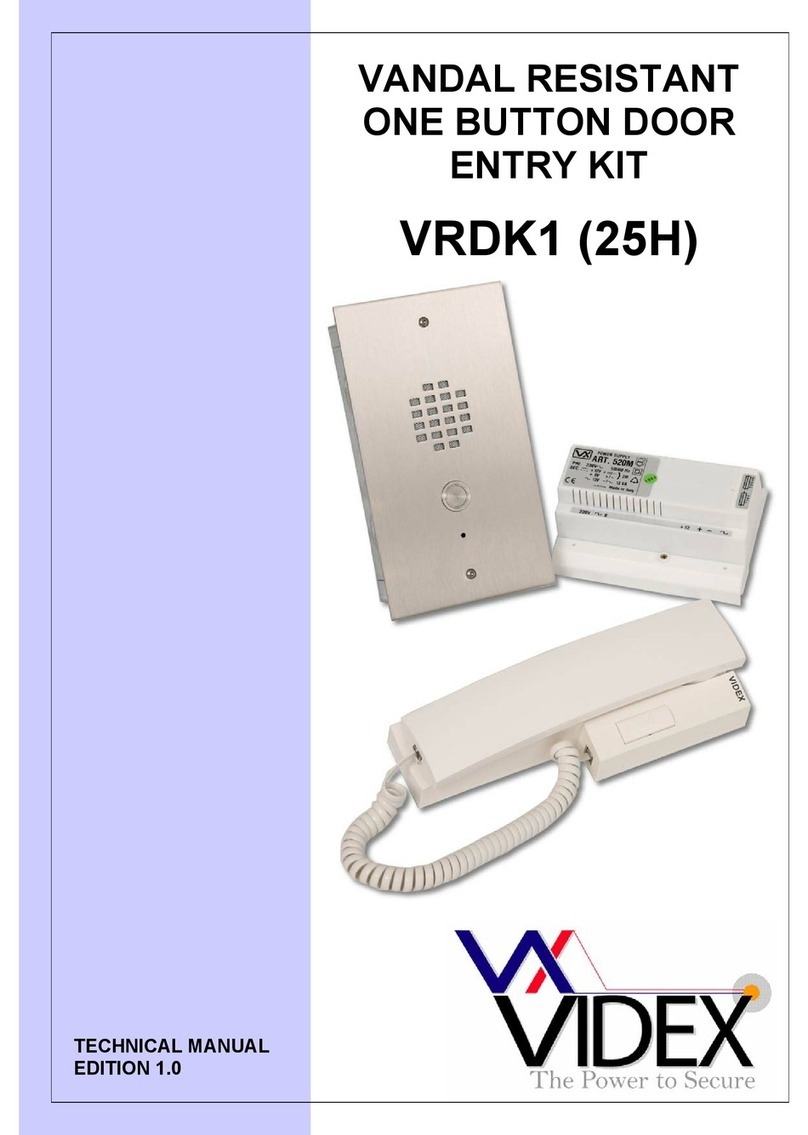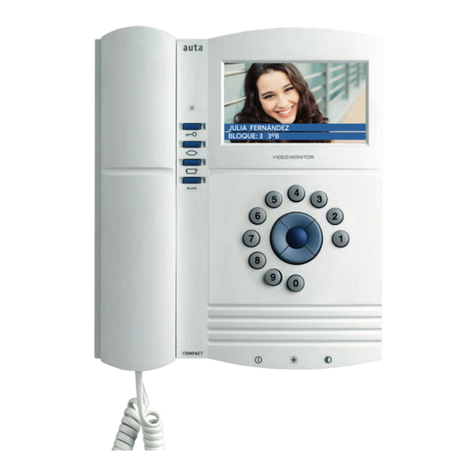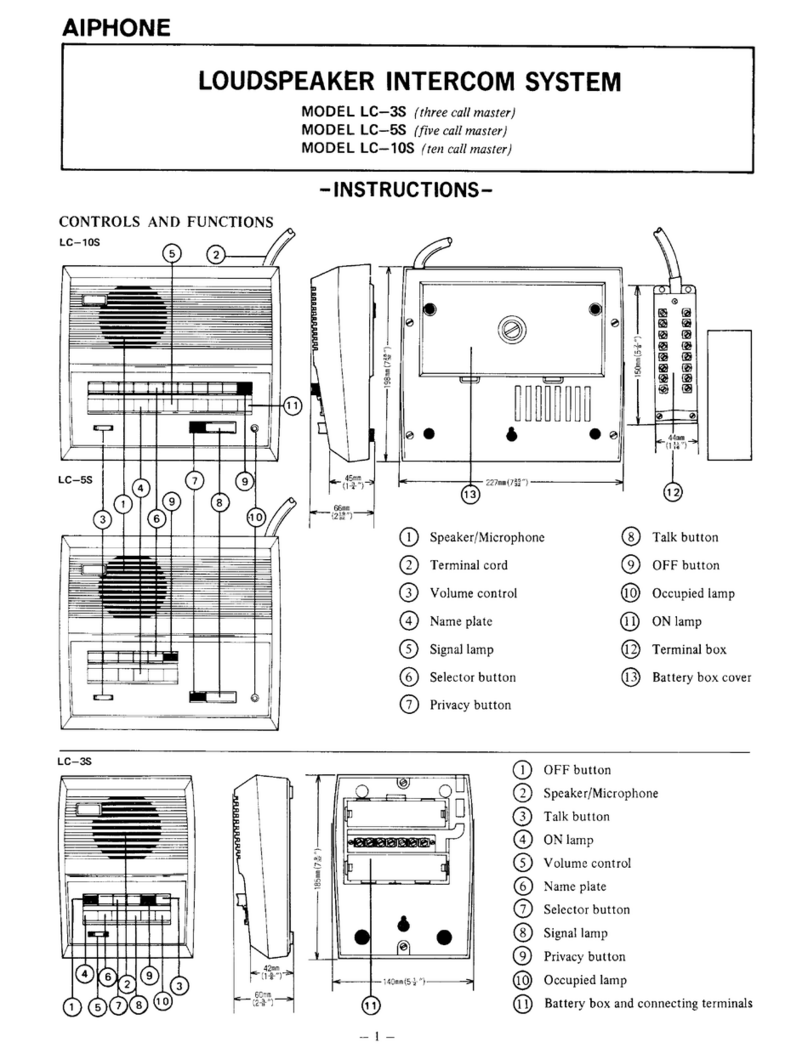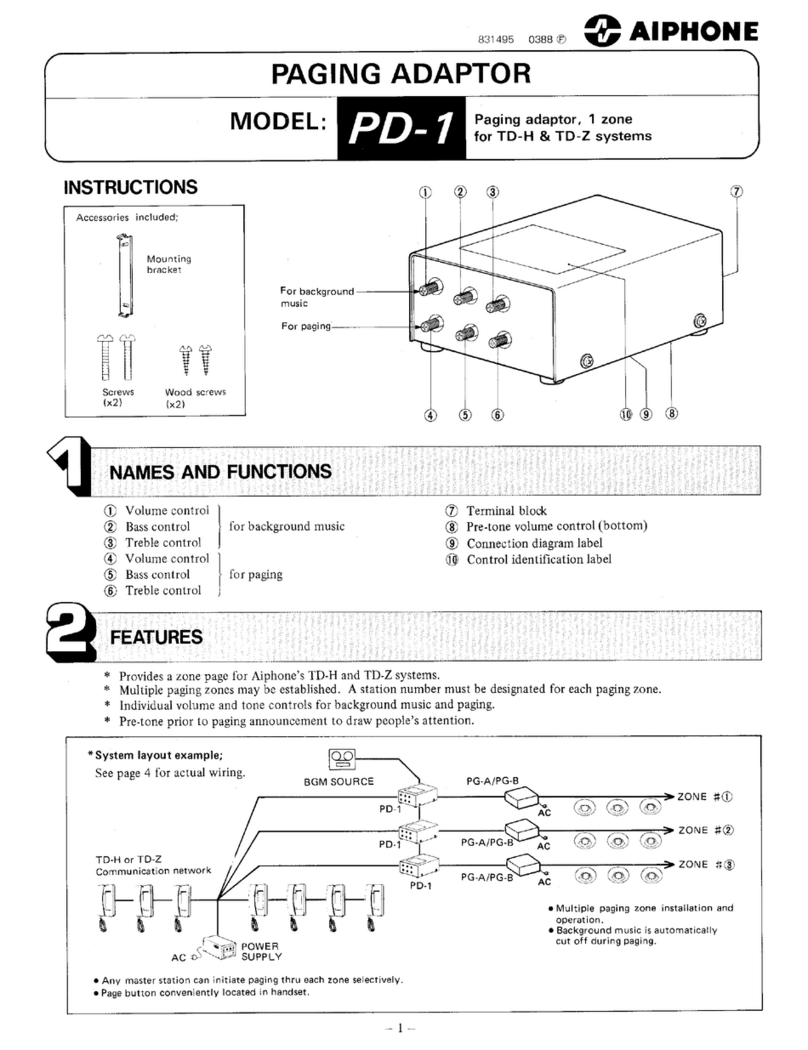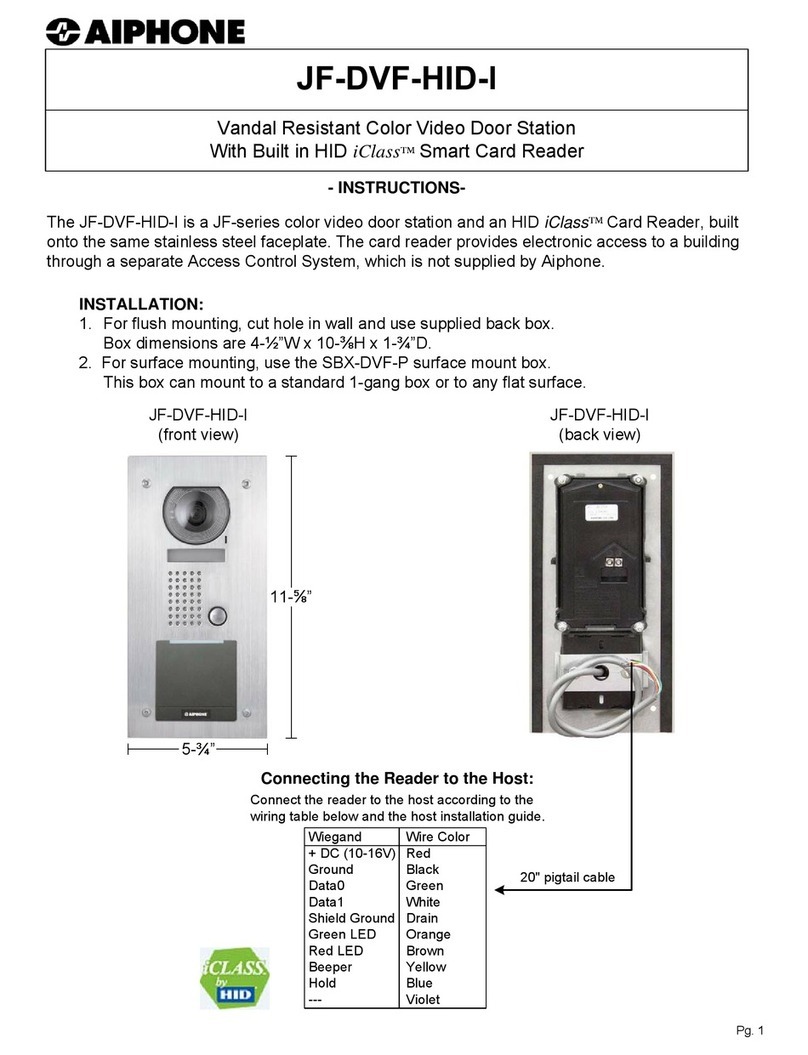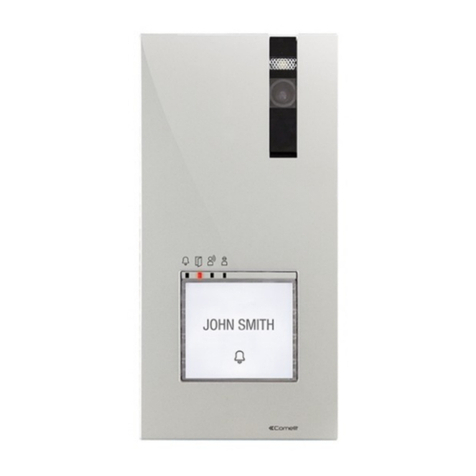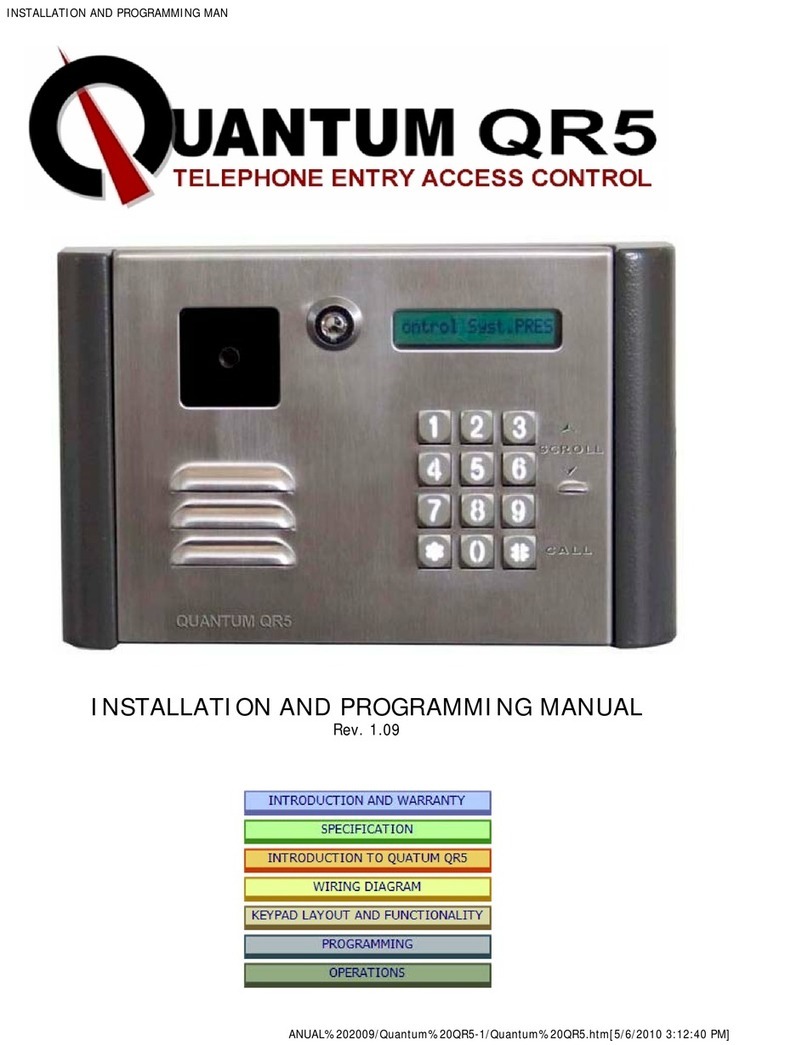
Page 2
Contents
1FOR YOUR SAFETY.............................................................................................................................................5
2INTRODUCTION...................................................................................................................................................6
3FEATURES AND APPLICATIONS.....................................................................................................................7
4START UP...............................................................................................................................................................8
5LED DISPLAY........................................................................................................................................................9
6CLEAR ALL PROGRAMMED DATA FROM SOLO-KP..............................................................................10
7CONNECTING DIAGRAM ................................................................................................................................11
8PROGRAMMING SOLO-KP .............................................................................................................................12
9THE SOLO-KP PARAMETERS.........................................................................................................................13
9.1 ALARM SUPPORT...........................................................................................................................................................13
9.2 OUTPUT MANAGEMENT ..............................................................................................................................................17
9.3 SECURITY LEVEL - SL...................................................................................................................................................19
9.4 PREPAID CARD CREDIT AND VALIDITY INFORMATION......................................................................................20
9.5 SET-UP PARAMETERS...................................................................................................................................................22
9.6 SMS MESSAGES EDITOR ..............................................................................................................................................25
9.7 INTERCOM.......................................................................................................................................................................26
9.8 TRADE BUTTON (OPTION)...........................................................................................................................................27
9.9 DIRECT ACCESS BY ENTERING PIN CODE...............................................................................................................28
9.10 DIRECT ACCESS BY ENTERING TEMPORARY ACCESS CODES –SPIN - VIA ILLUMINATED KEYPAD.......29
9.11 CALLER ID RECOGNITION (CLIP), CALLER-IN FUNCTION...................................................................................31
9.12 EVENT LOGING ..............................................................................................................................................................32
9.13 SPECIAL SMS COMMANDS ..........................................................................................................................................33
10 PRINT-OUT OF THE PARAMETERS..............................................................................................................35
10.1 RECEIVE ALL PARAMETERS (PALL) .........................................................................................................................35
10.2 CHECK SW REVISION (PSW)........................................................................................................................................35
10.3 CHECK SIGNAL QUALITY (PSQ) .................................................................................................................................35
10.4RECEIVE TELEPHONE NUMBERS (PTN)....................................................................................................................35
10.5 RECEIVE LINKS (PLN)...................................................................................................................................................35
10.6 RECEIVE INPUT PARAMETERS (PIN).........................................................................................................................35
10.7 RECEIVE INPUT FILTER VALUE (PID) .......................................................................................................................35
10.8 RECEIVE OUTPUT FILTER VALUE (POD)..................................................................................................................36
10.9 RECEIVE DELAY BEFORE DIAL VALUE (PDD)........................................................................................................36
10.10 RECEIVE ACCESS TELEPHONE NUMBERS (PSL).....................................................................................................36
10.11 RECEIVE OUTPUT PARAMETERS (POS) ....................................................................................................................36
10.12 RECEIVE ALL PROGRAMMED SMS MESSAGES (P#) ..............................................................................................36
10.13 RECEIVE SET UP PARAMETERS VALUE (PPA) ........................................................................................................36
10.14 RECEIVE CREDIT PARS PARAMETERS (PCREF)......................................................................................................36
10.15 RECEIVE ALL CLIP PARAMETERS (PCLP) ................................................................................................................37
10.16 RECEIVE INTERCOM CALL GROUPS PARAMATERS............................................................................................37
10.17 RECEIVE TRADE BUTTON PARAMETERS ................................................................................................................37

